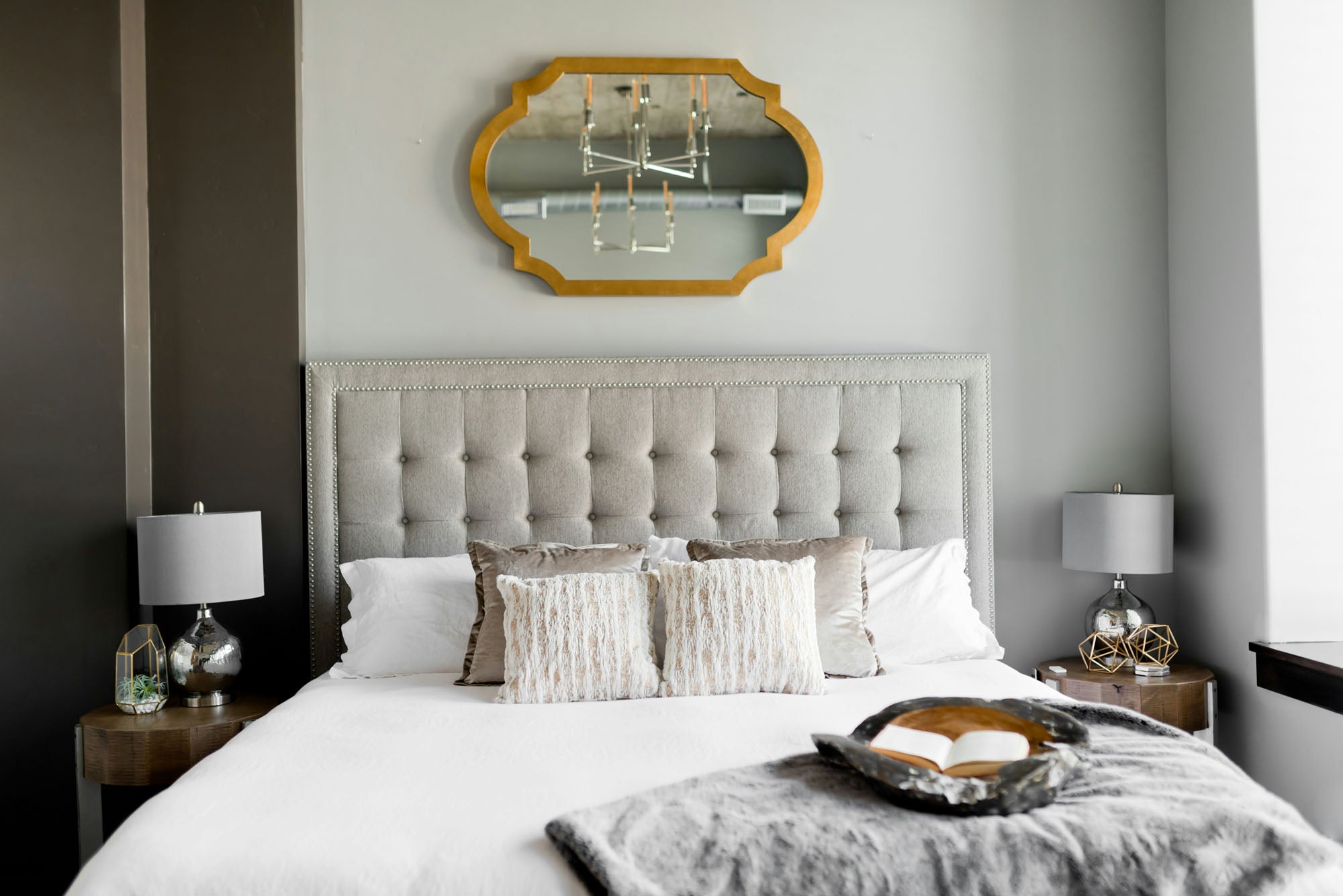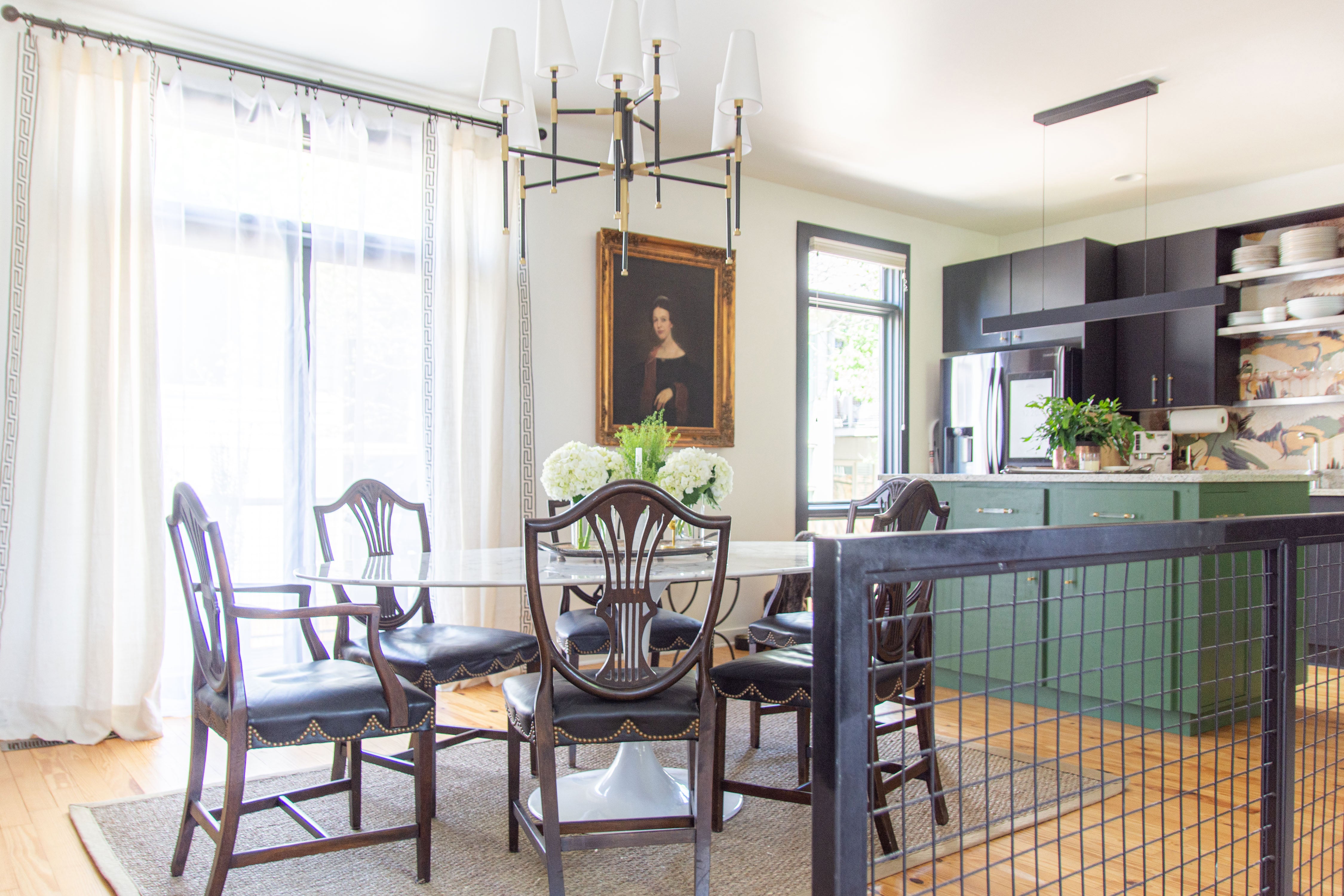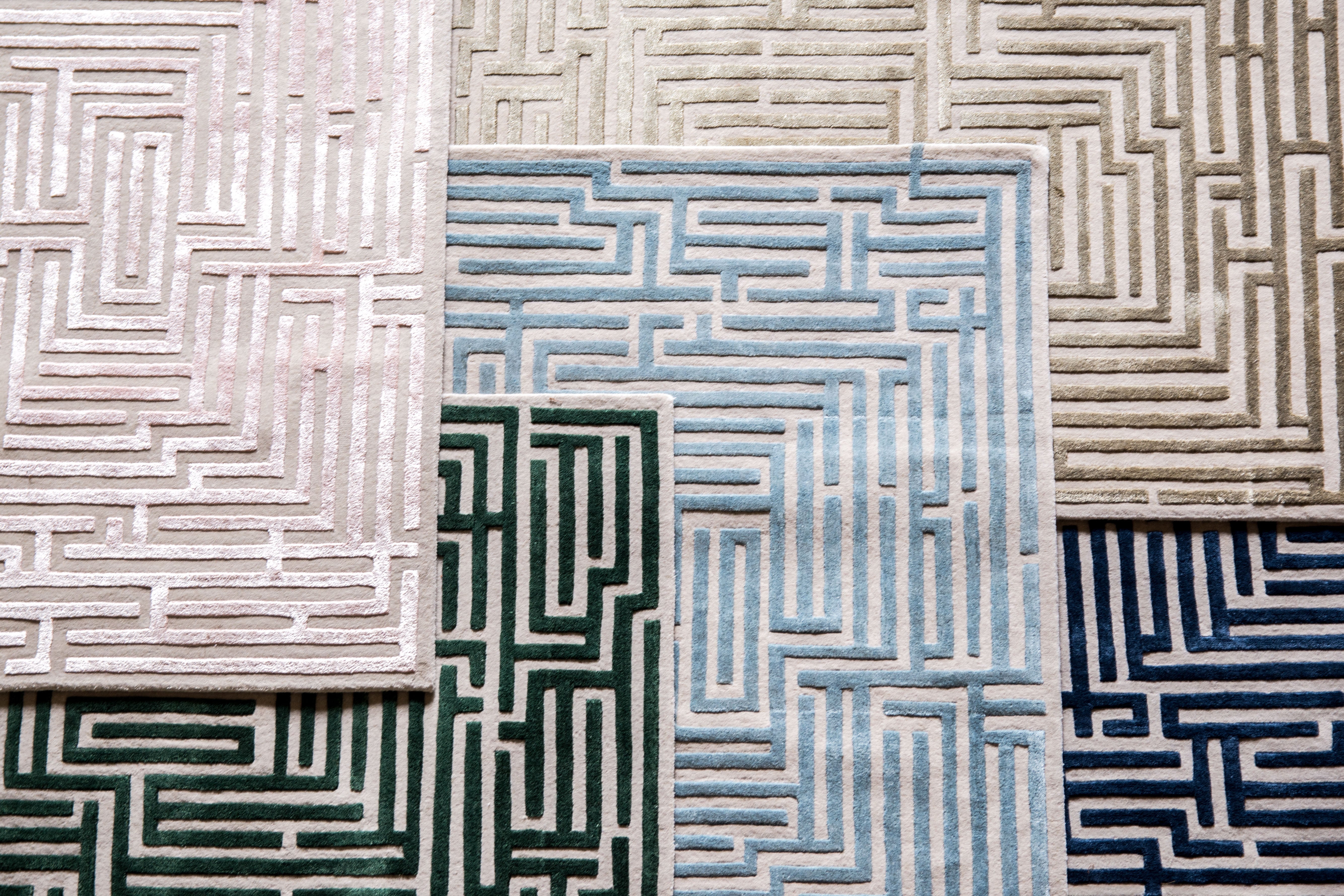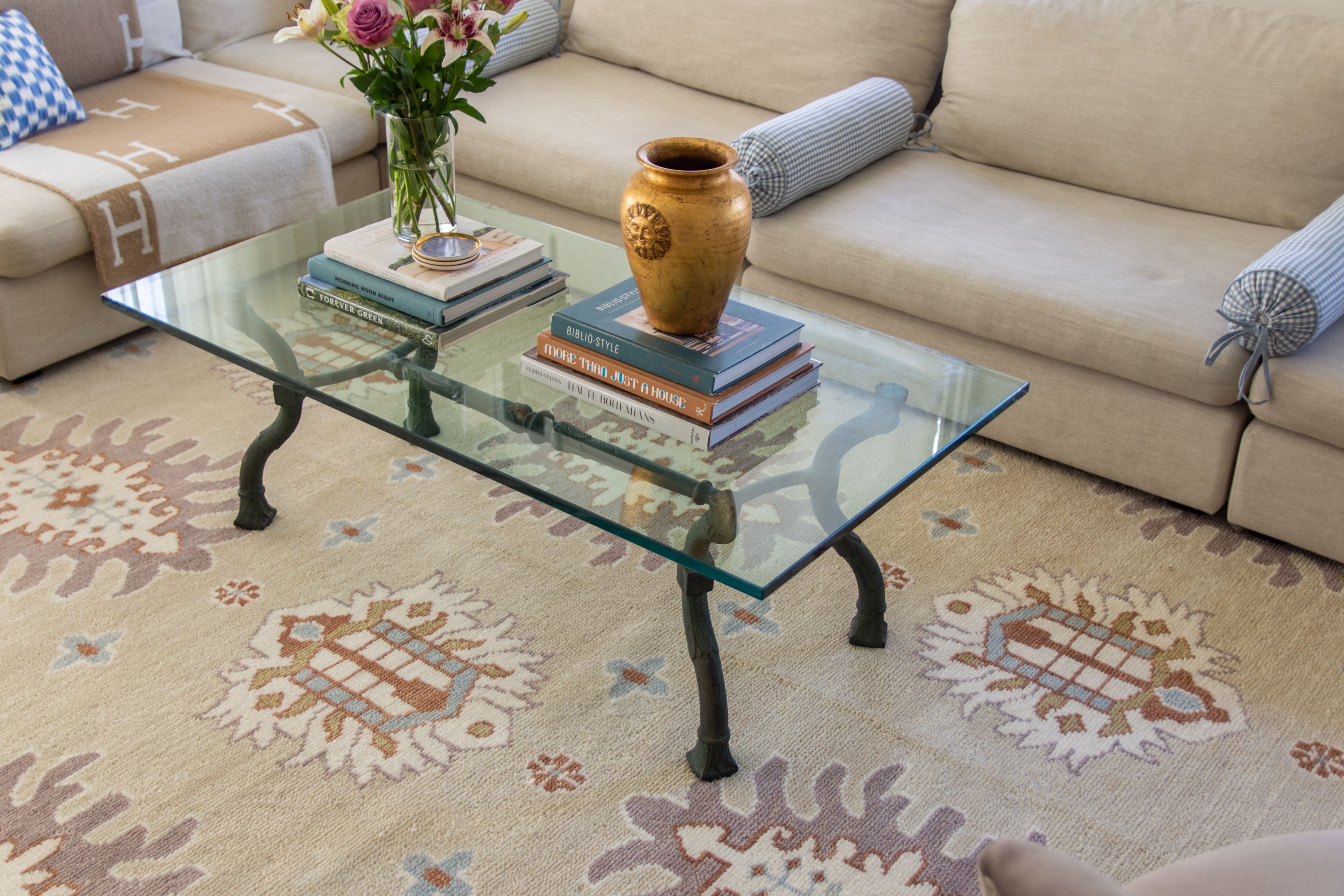How to Maintain a Comfortable Indoor Climate Amidst Summer's Heat
As summer advances with its longer days and rising temperatures, maintaining a comfortable indoor climate becomes a challenge that many seek to conquer. The swelter of summer heat can transform a cozy home into an unbearable greenhouse, making it crucial to find effective ways to maintain a pleasant, cool environment inside.
This blog aims to guide you through a variety of strategies, from simple behavioral adjustments to more significant home improvements, all designed to keep your living spaces cool and comfortable throughout the hottest months of the year. Whether you're trying to improve the efficiency of your current cooling system or looking for energy-saving tips that reduce your carbon footprint and utility bills, this introductory guide will provide you with the foundational knowledge needed to enjoy a cooler home environment during summer's peak.
Optimal Temperature
Establishing the right indoor temperature during summer is crucial not only for comfort but also for health and energy efficiency. The U.S. Department of Energy recommends setting your thermostat to 78°F (25°C) when you are at home and awake. This temperature is considered an optimal balance between comfort and energy efficiency. So when thinking about how to keep your home cool in summer, start by setting your thermostat to this temperature and adjust accordingly. This simple change can significantly reduce your energy costs, as each degree below 78°F (25°C) can increase your energy consumption by up to 3%.
Efficient Use of Air Conditioning Systems
To maximize the efficiency of your air conditioning system during those intensely hot summer months, regular maintenance is key. Ensure that your air conditioning unit is serviced annually to keep it running smoothly and efficiently. Changing or cleaning the air filters monthly can prevent airflow restriction and decrease energy consumption by up to 15%. Furthermore, consider using a programmable thermostat to automatically adjust the indoor temperature according to your daily schedule, ensuring cool comfort when needed while conserving energy when you're away.
Additionally, installing energy-efficient window treatments or tinting can significantly reduce the heat gain from sunlight, allowing your air conditioning system to work less aggressively to maintain your desired indoor temperature. By adopting these practices, you not only enhance the effectiveness of your air conditioning but also contribute to a more sustainable, energy-efficient home environment during the summer.
Proper Ventilation and Air Circulation
Proper ventilation and air circulation are essential components in maintaining a comfortable indoor climate during the summer months. An effective way to naturally cool your home is to create cross-ventilation. Achieve this by opening windows on opposite sides of your home, allowing for a natural airflow that can significantly lower indoor temperatures. It's particularly effective during the early morning or late evening when the outside air is cooler.
Additionally, utilizing ceiling fans or portable fans can enhance air circulation, making the room feel cooler by creating a wind-chill effect on the skin. Ceiling fans should be set to rotate counterclockwise during the summer, as this pushes cool air down to the ground. Remember, while fans do not reduce the temperature, they do increase comfort by accelerating the evaporation of sweat on your skin. Combining these methods of ventilation and air circulation with your air conditioning system can lead to a more efficient cooling strategy, reducing the need for constant air conditioning and thereby lowering energy consumption.
Strategic Use of Fans and Ceiling Fans
Fans and ceiling fans play a pivotal role in the strategic cooling of your home during the hot summer months, offering a cost-effective alternative or complement to air conditioning. The strategic placement of fans can greatly enhance your home's ability to stay cool. For instance, positioning a fan near a window can help pull cooler air from outside during the night, effectively lowering the indoor temperature without the need for air conditioning.
Ceiling fans, on the other hand, should be utilized to their full potential by ensuring they are set to rotate counterclockwise during summer. This rotation pushes cool air downwards, creating a gentle and cooling breeze that makes the room feel cooler. This effect can make temperatures feel up to 4°F cooler, allowing you to adjust your thermostat accordingly and save on cooling costs.
Moreover, pairing ceiling fans with other cooling methods, such as air conditioners, can optimize your home’s cooling efficiency. By circulating the cool air more effectively throughout the room, fans enable you to raise the thermostat by several degrees without a noticeable decrease in comfort. This synergy not only enhances the cooling effect throughout your living spaces but also reduces energy consumption, leading to significant savings on your energy bills throughout the summer.
In conclusion, maintaining a comfortable indoor climate amidst summer's heat is achievable by implementing a combination of strategies that reduce energy consumption without sacrificing comfort. By following these tips and incorporating them into your daily routine, you can enjoy a cool and pleasant home environment while also contributing to a more sustainable future. Stay cool this summer! So don't let the heat of summer get you down, with these simple tips and tricks, you can keep your home comfortably cool all season long.










